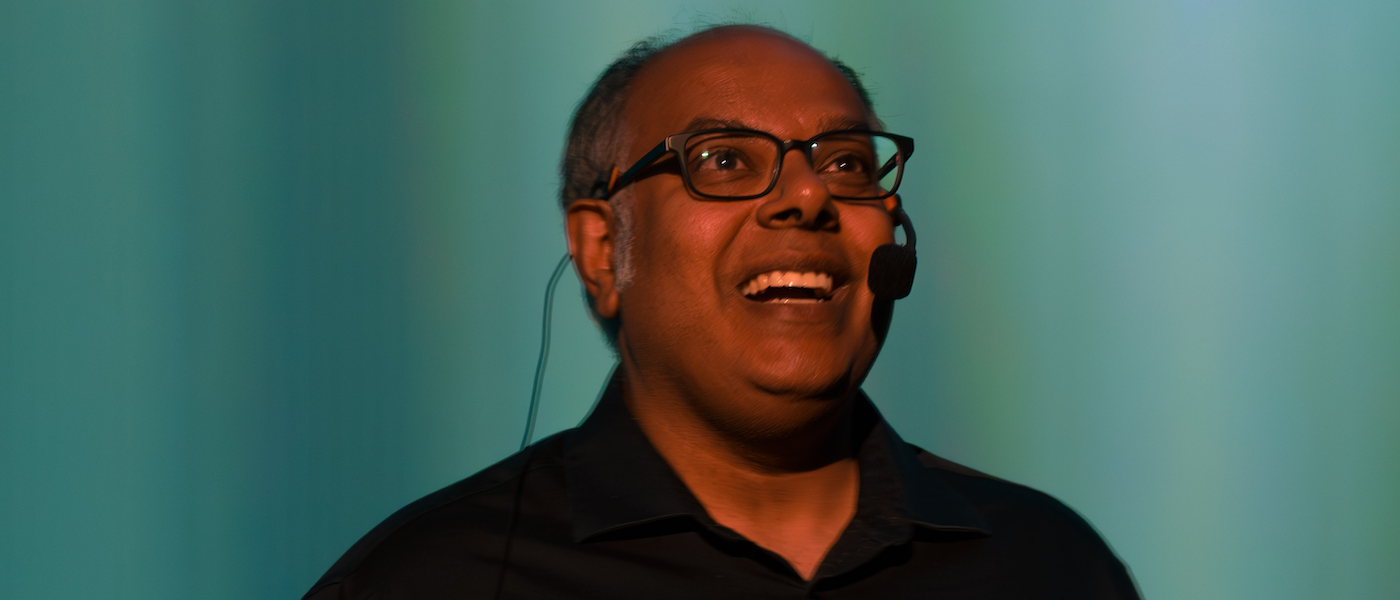Rutgers University’s Dr. Saurabh Jha showcases exploding stars at Space Talk presentation
On June 6, 2024 Liberty Science Center hosted Dr. Saurabh Jha, professor of astrophysics at Rutgers University, for our latest Space Talk presentation: “Stellar Fireworks.”
Our universe is full of stars, with each of the two trillion galaxies in our universe containing billions of them. Each of these stars is unique, but all of them will, sadly, eventually die. Some of these stars go out with a bang – a massive explosion called a supernova. Using the largest planetarium in the country, Dr. Jha took viewers on a journey throughout the universe to explore what happens when stars of all kinds explode.
Massive stars, those eight times the mass of our sun or larger, eventually collapse under their own weight when their fuel runs out and explode in what we call a Type II supernova. In the planetarium, Dr. Jha projected the latest images from the James Webb Space Telescope of the Crab Nebula, a Type II supernova from a star which exploded in 1054. When we observe it today, we see the gas and dust sent away in a shockwave from the explosion, and a dense neutron star at the center spinning 30 times per second.
There is, however, a different kind of supernova that occurs when white dwarfs – the Earth-sized remnants of stars less than eight times the mass of the sun – explode. When one of these white dwarfs is locked in a close orbit with a star, the white dwarf’s gravity can slowly pull gas off of its companion. When enough gas has been stolen, the white dwarf becomes unstable and explodes.
Supernovae are incredibly important to our universe. Many of the elements that serve as building blocks of not only our Earth, but of life itself, only form when stars explode.
Thanks to Dr. Jha for joining us, and thanks to all who attended! Click here to learn more about Space Talk presentations at Liberty Science Center.
